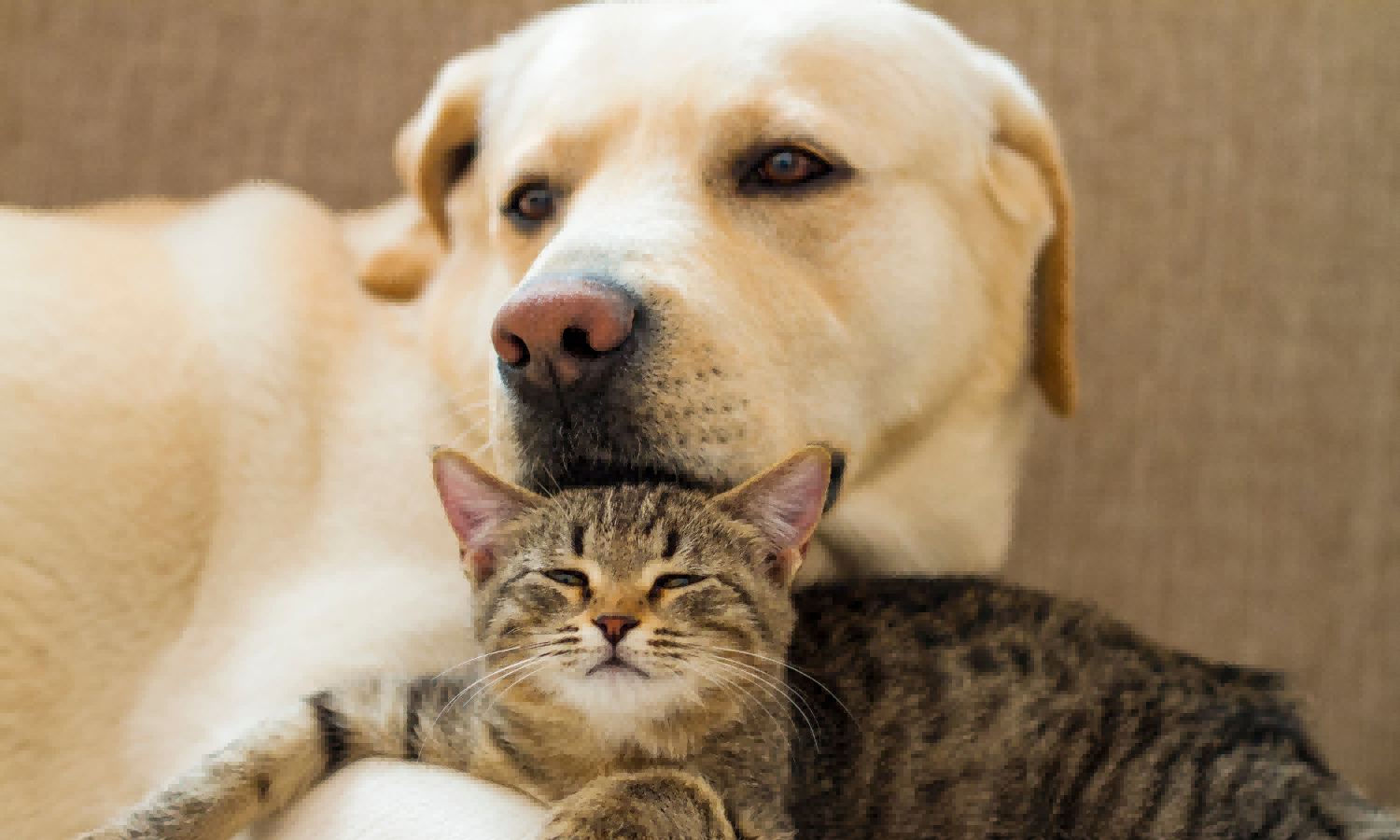Flavor in Pet Food
The pet food industry is a competitive arena, where manufacturers are constantly innovating to meet both pets’ nutritional needs and their owners’ expectations. One of the key components that make pet food appealing to animals is palatants—specialized flavor and aroma enhancers. In this blog, we delve into the science behind palatants, their role in the pet food industry, and why they are indispensable for manufacturers and suppliers.
What Are Palatants?
Palatants are substances added to pet food to improve its taste and smell, making it more appetizing to pets. These additives can be natural, artificial, or a blend of both. They are meticulously formulated to cater to the taste preferences of different animals, ensuring mealtime becomes an eagerly awaited event for pets.
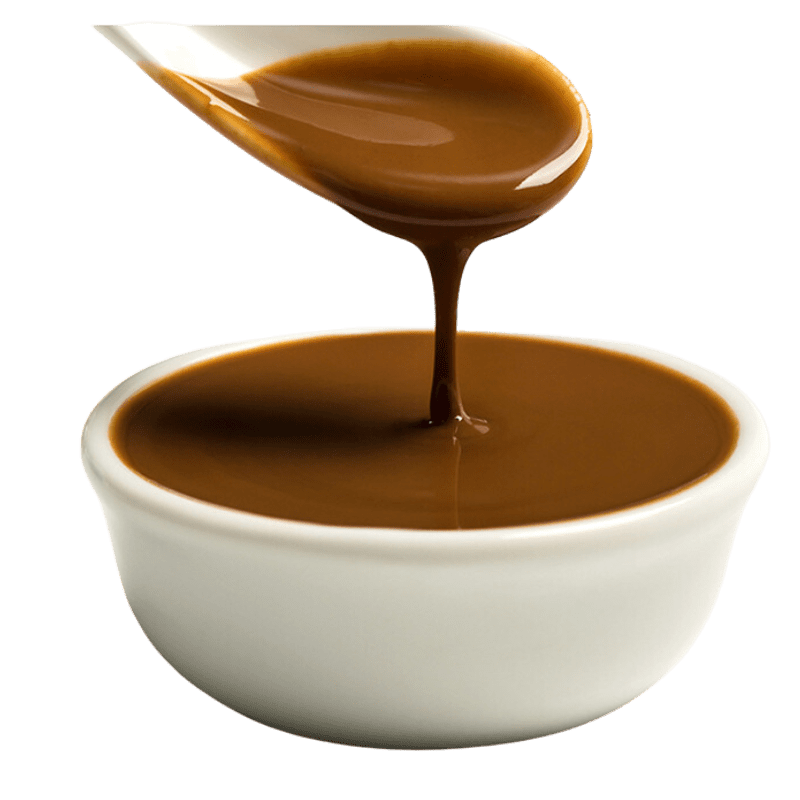
Types of Palatants
- Liquid Palatants: Often sprayed onto the surface of kibble or wet food, these provide a strong aroma that instantly attracts pets.
- Dry Palatants: Powdered forms mixed into the pet food matrix to enhance flavor throughout the product.
- Single-Coated and Double-Coated Palatants: Used in dry extruded pet food, these coatings ensure a consistent flavor profile.
The Science Behind Palatants: How Do They Work?
Palatants target the sensory receptors of pets, particularly their sense of smell and taste. Here’s how they function:
1. Olfaction (Smell)
Pets rely heavily on their sense of smell, which is far more developed than that of humans. Palatants are designed to release volatile compounds that appeal to this heightened olfactory sense. For instance:
- Dogs are attracted to meaty and umami scents.
- Cats prefer fishy or poultry-based aromas.
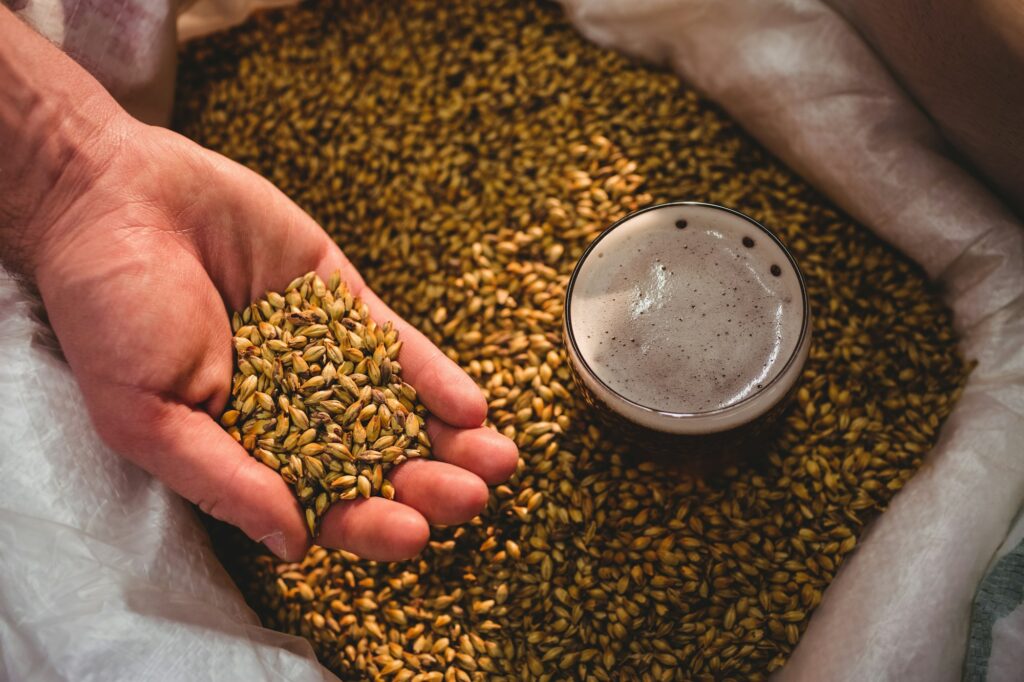
2. Gustation (Taste)
Taste receptors in pets are tuned to specific flavors. Palatants stimulate these receptors, enhancing palatability. Key taste profiles include:
- Umami: Common in meat-based palatants, it provides a savory appeal.
- Sweetness: Used sparingly for dogs, as they have a limited sweet taste threshold.
- Bitterness suppression: Palatants can mask undesirable flavors from certain nutrients or medications in food.
3. Texture and Mouthfeel
In addition to flavor, palatants improve the texture and mouthfeel of pet food. For example, double-coated palatants provide a crunchy outer layer with a soft, flavorful core, enhancing the overall eating experience.
The Role of Palatants in the Pet Food Industry
Palatants are not just about making food taste good; they serve strategic purposes for manufacturers and suppliers:

1. Improving Pet Food Acceptance
Pets can be finicky eaters, and food rejection is a common issue. Palatants significantly increase the chances of acceptance, ensuring pets receive the nutrition they need.
2. Reducing Waste
Unappetizing food often leads to waste, which is costly for both manufacturers and pet owners. Palatants reduce this by ensuring high consumption rates.
3. Brand Differentiation
With so many options on the market, a palatant-enhanced flavor profile can set a brand apart, leading to stronger customer loyalty and repeat purchases.
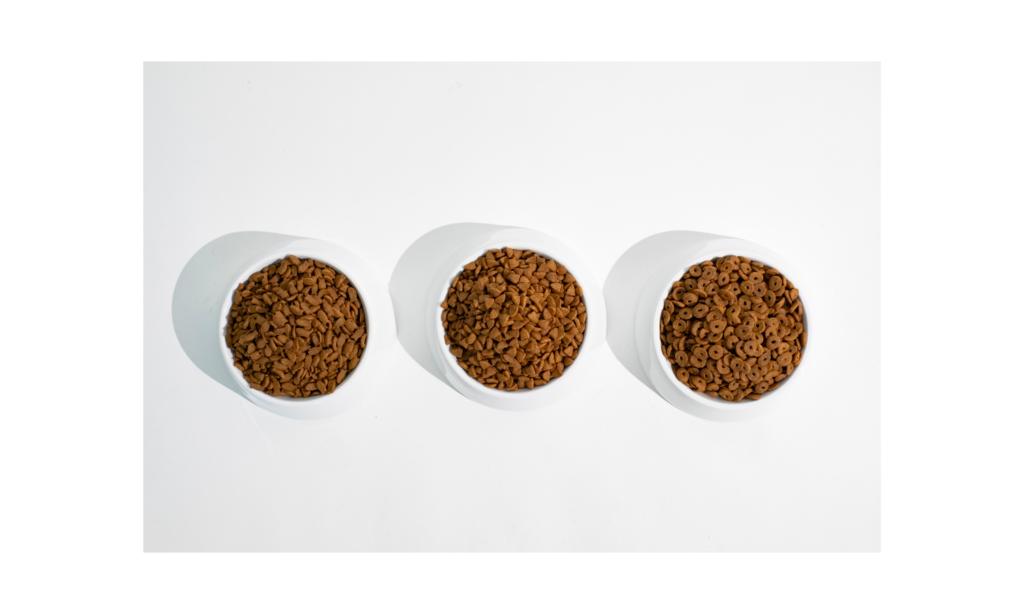
4. Nutritional Masking
Palatants can mask the less desirable flavors of essential nutrients or medications, ensuring pets consume the food without hesitation.
How Are Palatants Developed?
Creating a palatant is a complex process that combines science and sensory evaluation:
1. Ingredient Selection
Ingredients are chosen based on their flavor and aroma profiles. Common components include:
- Hydrolyzed proteins
- Meat by-products
- Yeast extracts
- Fat and oil blends

2. Sensory Testing
Palatants are tested in controlled environments with target animals to evaluate acceptance rates. For instance, a panel of dogs or cats is presented with different food options, and their preferences are measured.
3. Optimization
Using data from sensory testing, palatants are optimized to achieve the best balance of taste, aroma, and nutritional compatibility.
4. Regulatory Compliance
Palatants must adhere to stringent regulations regarding safety, sourcing, and labeling. For example, the Association of American Feed Control Officials (AAFCO) sets guidelines for ingredient use.

Trends in Pet Food Palatants
1. Natural Palatants
With increasing demand for natural and organic pet products, many manufacturers are opting for natural palatants derived from real meat, fish, or plant sources.
2. Customized Solutions
OEM and ODM customers are requesting tailored palatants that cater to specific pet breeds, dietary needs, or regional taste preferences.
3. Sustainability
Sustainable sourcing of raw materials for palatants is gaining traction, aligning with eco-friendly pet food production practices.
4. Functional Additions
Some palatants are being infused with health-enhancing ingredients such as probiotics or omega-3 fatty acids to offer dual benefits—palatability and nutrition.

Challenges in Palatant Development
- Taste Variability: Individual pet preferences can vary widely, making it difficult to create a universally appealing palatant.
- Cost Management: High-quality palatants can increase production costs, requiring manufacturers to balance cost and effectiveness.
- Shelf Stability: Palatants must maintain their aroma and flavor over the product’s shelf life, which can be challenging in extreme conditions.
Real-World Applications of Palatants
Palatants are used in various types of pet food:
- Dry Kibble: Surface coatings enhance aroma and crunch.
- Wet Food: Blended into the formula for consistent flavor.
- Treats: Tailored palatants make training treats irresistible.
- Diet-Specific Foods: Used to improve the palatability of hypoallergenic or weight-management diets.
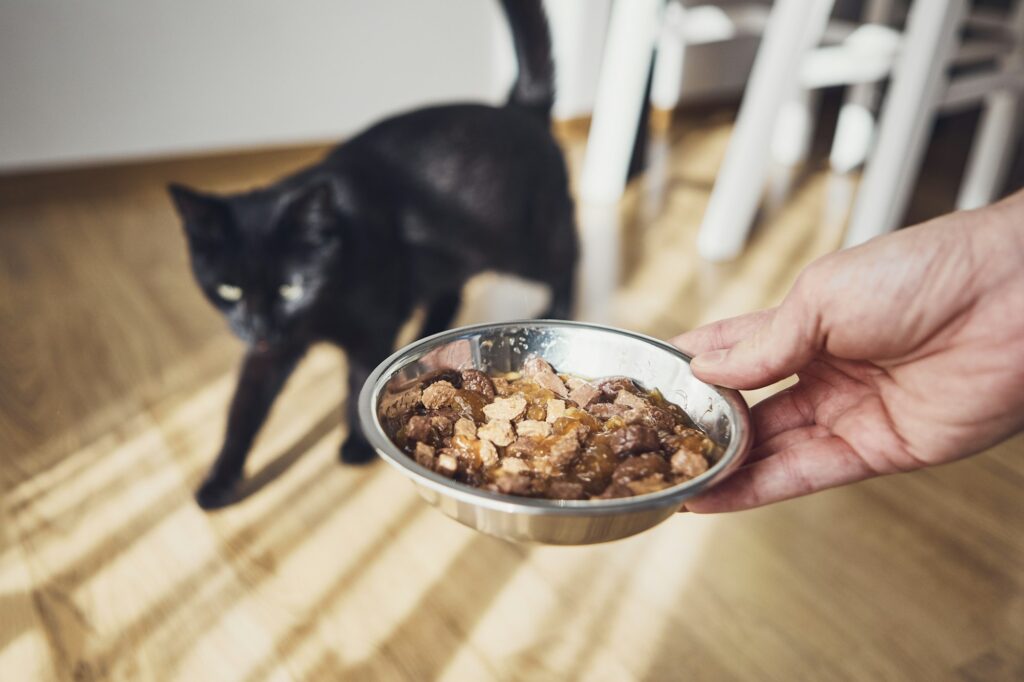
Why Palatants Matter to Pet Food Manufacturers
For manufacturers, palatants are a strategic investment. By enhancing food acceptance, reducing waste, and differentiating products, palatants directly impact brand reputation and profitability.
If you’re looking to integrate high-quality palatants into your production line, consider ProfyPet—a trusted manufacturer of pet food palatants and palatability enhancers. With a commitment to quality and innovation, ProfyPet helps pet food brands succeed in a competitive market.
Conclusion
Palatants are the unsung heroes of the pet food industry. By enhancing flavor, aroma, and texture, they ensure pets enjoy their meals while receiving essential nutrients. For manufacturers and suppliers, understanding the science behind palatants opens doors to improved product performance and customer satisfaction.


